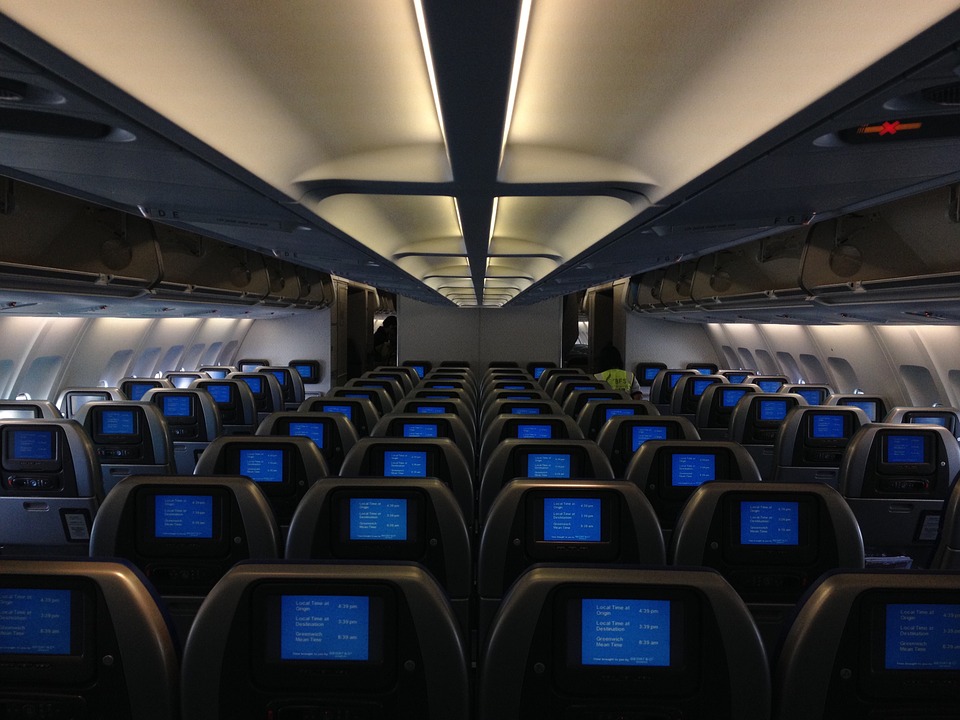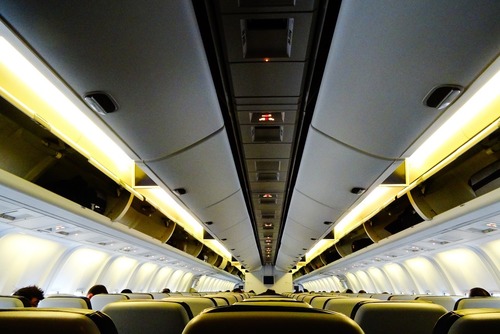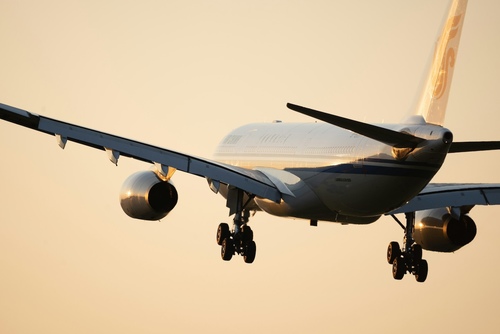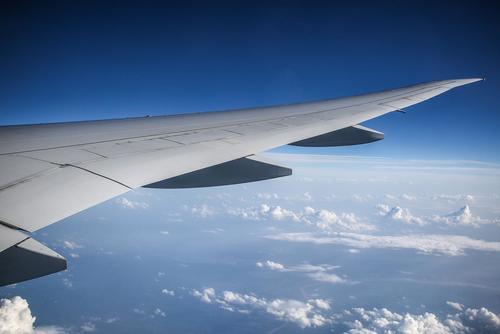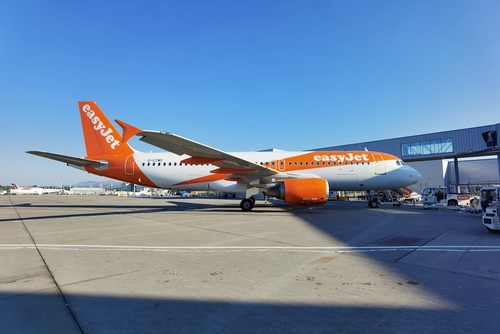Today’s air travel, while less convenient in some ways, offers a variety of onboard entertainment options for everyone in every seat. And in the future it is only going to get more high-tech.
Here are four ways that in-flight entertainment has advanced with new technology.
1. In-seat Screens
The first seat-back screens were installed in 1991 on British Airways flights. So while these kinds of monitors are not new technology, they have certainly advanced far beyond their first iterations.
Seat-back screens are now equipped with touchscreen technology that provides a wide array of functions. In addition to a choice of movies, television shows and streaming channels, many airlines offer video games, flight tracking, passenger to passenger instant messaging and even snack/beverage ordering and payment options from these screens.
Despite the utility and popularity of these screens, some airlines, like American, United and Alaska Airlines, are moving away from this technology in favor of individual tablets or upgraded connectivity for the devices most passengers bring with them.
2. Individual Tablets
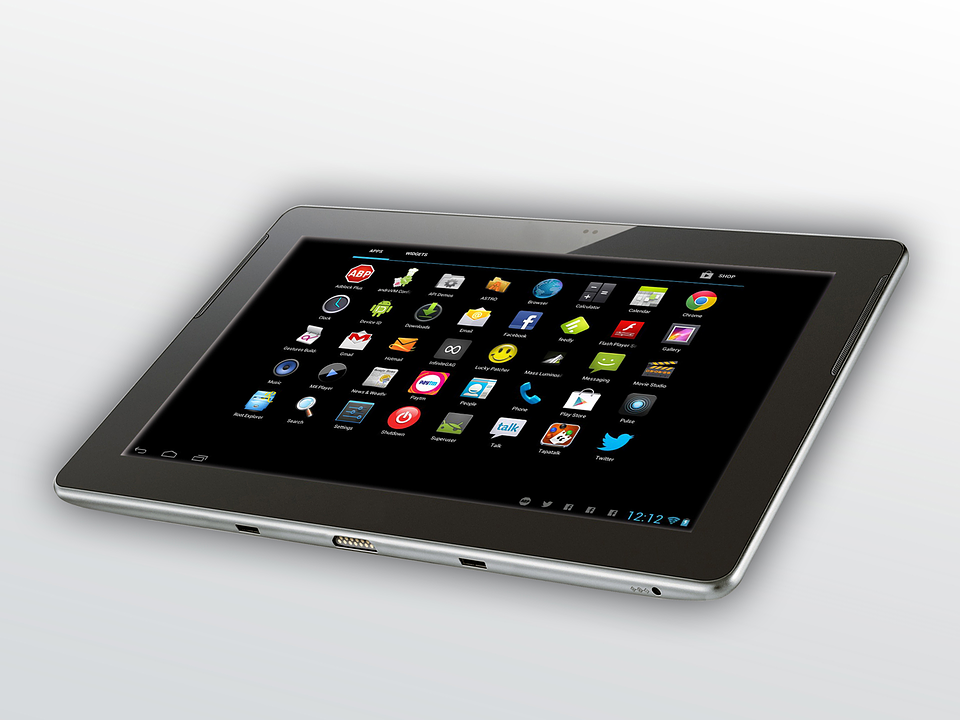
Some airlines are opting for individual Android tablets, which are less expensive to upgrade than traditional seat-back screens. Canadian airline WestJet provides these tablets to customers with a design called TrayVu, that fastens the devices to the back of the seat tray.
3. Wi-Fi and Streaming
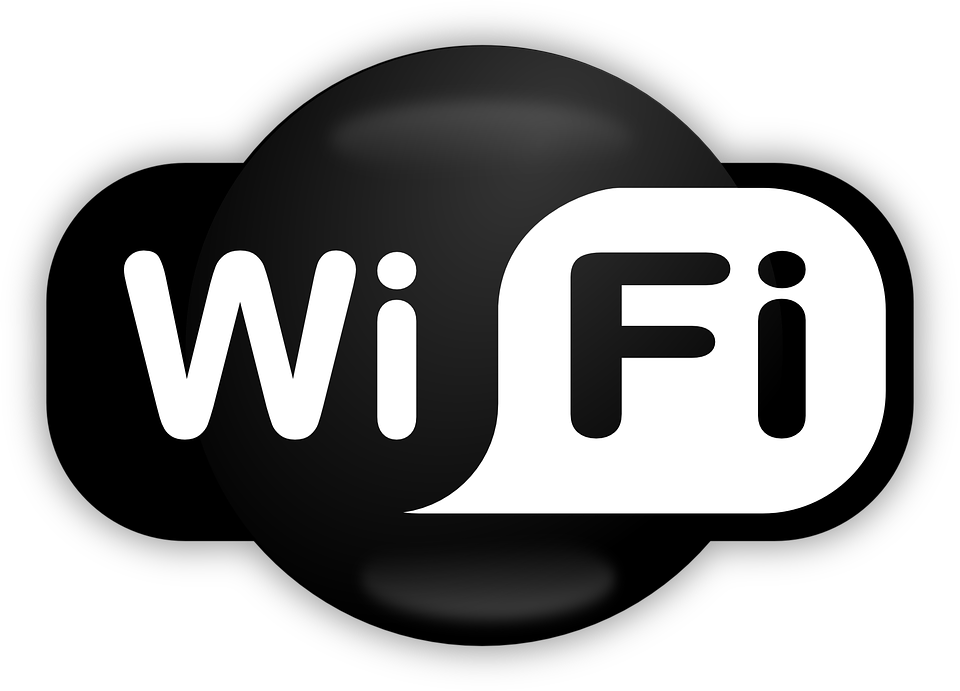
Almost every passenger plane is now equipped with wireless internet, which passengers can purchase for a fee, which varies depending on the service.
For example, one of the more popular services, Gogo Inflight, offers monthly, hourly, all day, and flight-long purchase plans on airlines including Delta, American and United, and offers T-Mobile customers in-flight Wi-Fi texting and one hour of connectivity for free.
Several airlines have partnered with their wireless providers to give passengers free access to movies and television on their own devices through either the airline’s app (United, for example), or the airline’s website (Delta).
Some airlines, including American, providing these Internet services on passengers’ own devices is an alternative to seat-back screens or tablets.
4. Power Ports

Airlines estimate that more than 80 percent of passengers are carrying at least one electronic device onboard and are now moving to equip their aircrafts to accommodate this new reality.
Most new planes are equipped with plugs and USB ports, and many older models have been retrofitted to allow customers to charge their devices.
Airlines like Air France and Japan Airlines provide smartphone storage space. Furthermore, companies are building tray tables with grooves or clips to hold tablets, e-readers and laptops.
For now, in-flight entertainment is fairly limited to wireless and streaming on a variety of devices, but several airlines are testing novel ways to keep their passengers entertained.
Dutch airline KLM is using social media to connect passengers with each other during flights. Qantas Airlines ran a trial where they offered first class passengers Samsung’s Gear Virtual Reality headsets to watch movies or travel virtually in 360.
Possibly most exciting to the average customer is Virgin America’s partnership with Dysonic to give customers a 3D sound experience on Virgin’s seat back screens through any headphones.

